A new type of quantum money could make energy-sapping blockchains obsolete, say researchers.



A special bonding state between atoms has been created in the laboratory for the first time: With a laser beam, atoms can be polarized so that they are positively charged on one side and negatively charged on the other. This makes them attract each other creating a very special bonding state—much weaker than the bond between two atoms in an ordinary molecule, but still measurable. The attraction comes from the polarized atoms themselves, but it is the laser beam that gives them the ability to do so—in a sense, it is a “molecule” of light and matter.
Theoretically, this effect has been predicted for a long time, but now scientists at the Vienna Center for Quantum Science and Technology (VCQ) at TU Wien, in cooperation with the University of Innsbruck, have succeeded in measuring this exotic atomic bond for the first time. This interaction is useful for manipulating extremely cold atoms, and the effect could also play a role in the formation of molecules in space. The results have now been published in the scientific journal Physical Review X.
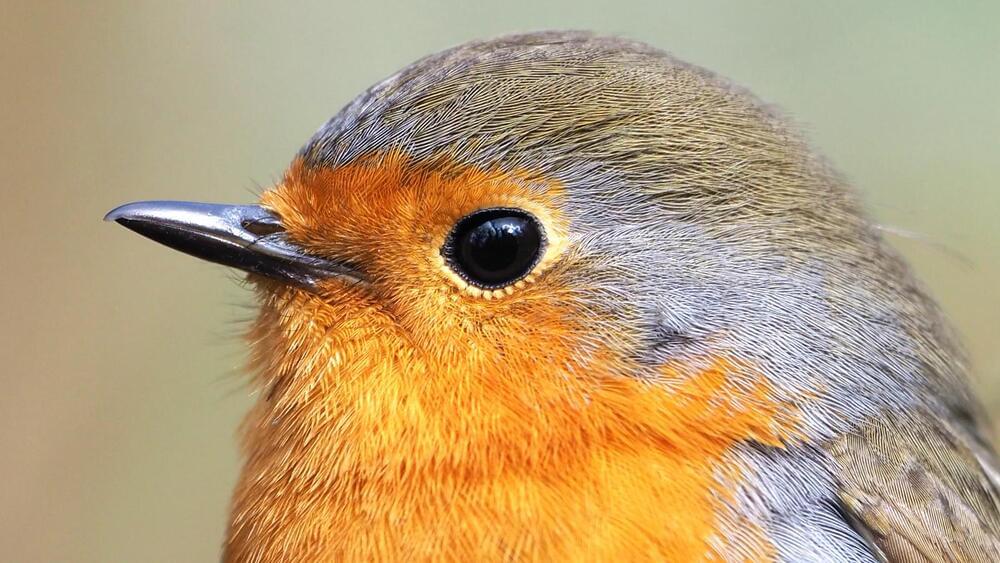
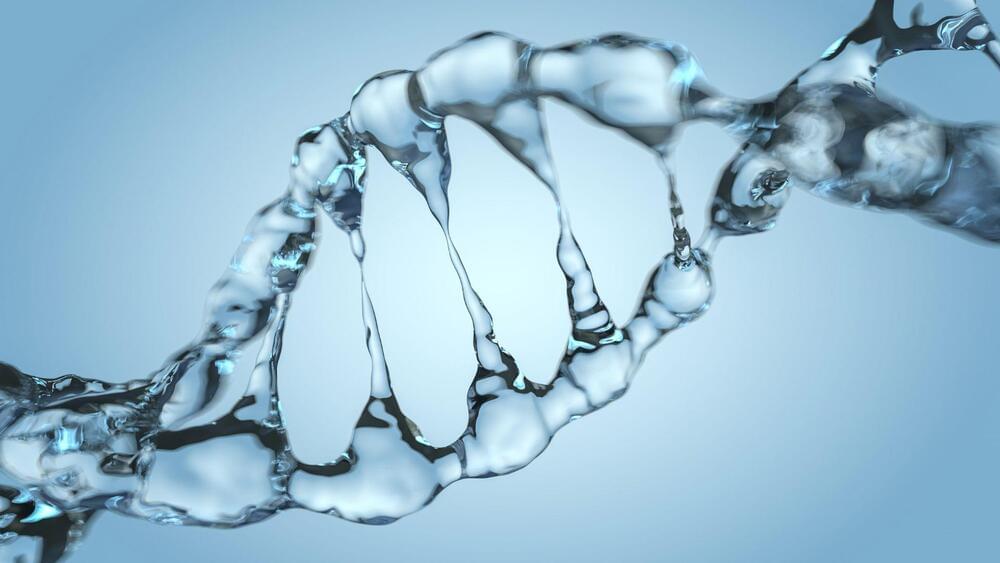
Scientists from the University of Virginia School of Medicine and collaborators used the building blocks of life to potentially revolutionize electronics.
The scientists utilized DNA to guide a chemical reaction that would overcome the barrier to Little’s superconductor, which was once thought to be “insurmountable”, a press statement reveals.

Quantum computing, though still in its early days, has the potential to dramatically increase processing power by harnessing the strange behavior of particles at the smallest scales. Some research groups have already reported performing calculations that would take a traditional supercomputer thousands of years. In the long term, quantum computers could provide unbreakable encryption and simulations of nature beyond today’s capabilities.
A UCLA-led interdisciplinary research team including collaborators at Harvard University has now developed a fundamentally new strategy for building these computers. While the current state of the art employs circuits, semiconductors and other tools of electrical engineering, the team has produced a game plan based in chemists’ ability to custom-design atomic building blocks that control the properties of larger molecular structures when they’re put together.
The findings, published last week in Nature Chemistry, could ultimately lead to a leap in quantum processing power.
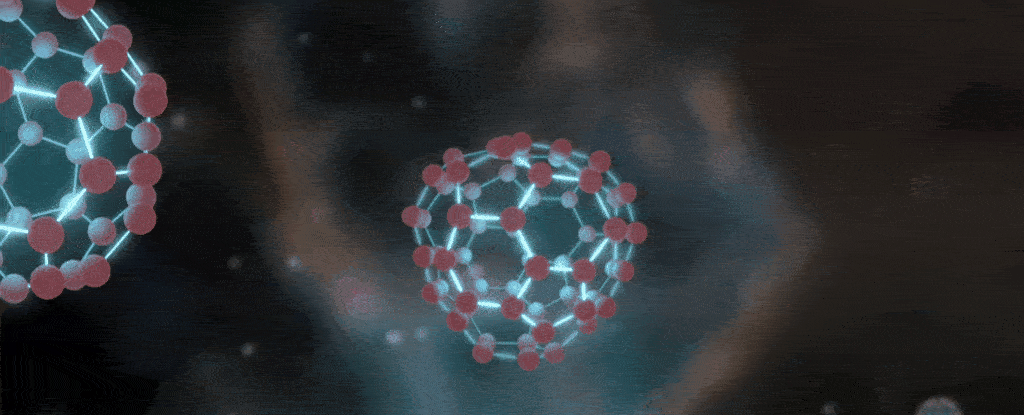
Scientists may have just tracked down the source of some mysterious infrared glows detected emanating from stars and clouds of interstellar dust and gas.
These Unidentified Infrared Emission (UIE) bands have baffled scientists for decades; according to a theoretical new work, at least some of these bands can be produced by highly ionized buckminsterfullerene, more commonly known as buckyballs.
“I am extremely honored to have played a part in the astonishingly complex quantum chemistry investigations undertaken by Dr Sadjadi that have led to these very exciting results,” said astrophysicist Quentin Parker of Hong Kong University’s Laboratory for Space Research.
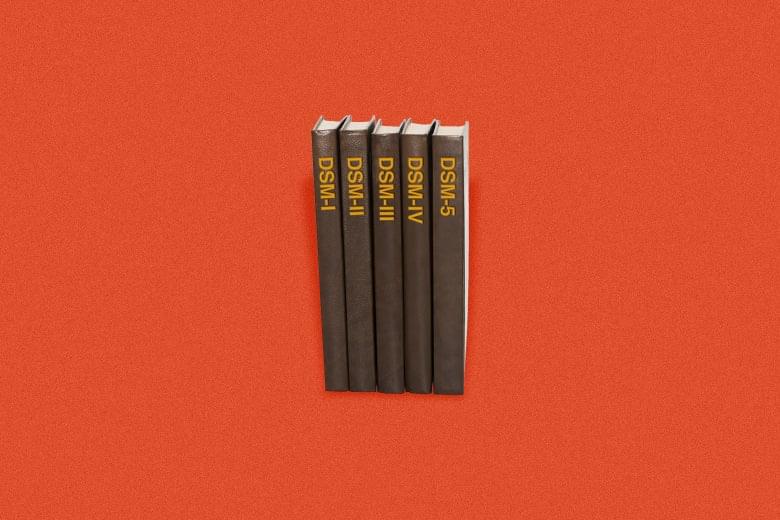
Basically what this article says that schizophrenia is hard to pin down on the actual source of the symptoms so as of now the dsm 5 has it as a illness type but it is no longer on the dsm 5 essentially. This can relieve the stigma relating to it because it’s actually source of the disease is still not truly know. There are still medications for it but the actual source seems to be kinda unknown as it seems like other diseases aswell.
As human beings and scientists, we can think about phenomena in terms of categories and continuities. The distinction between light “particles” and “waves,” discovered by 20th-century quantum mechanics, is a case in point. Just as the particle-wave duality necessitated revisions in the understanding of the basic concepts and fundamental methods of theoretical physics, the revolution in psychiatric classification seems to bring with it the end of the fixed and fateful category of schizophrenia.
Still, most clinicians agree that some individuals do experience delusions, hallucinations, and disorganized speech that make them sound irrational. They attest that they have seen individuals who clearly exhibit disorganized or catatonic behavior, flat affect, or the failure to maintain basic self-care. Yet a growing number of psychiatrists maintain that, as a presumed disease entity, as an identifiable state, with clear subtypes, schizophrenia simply does not “exist.” Some consider schizophrenia no more than an “end stage” of other untreated mental disorders (in the same way that heart failure is the terminal stage of various heart diseases); others propose to abolish the diagnosis altogether.
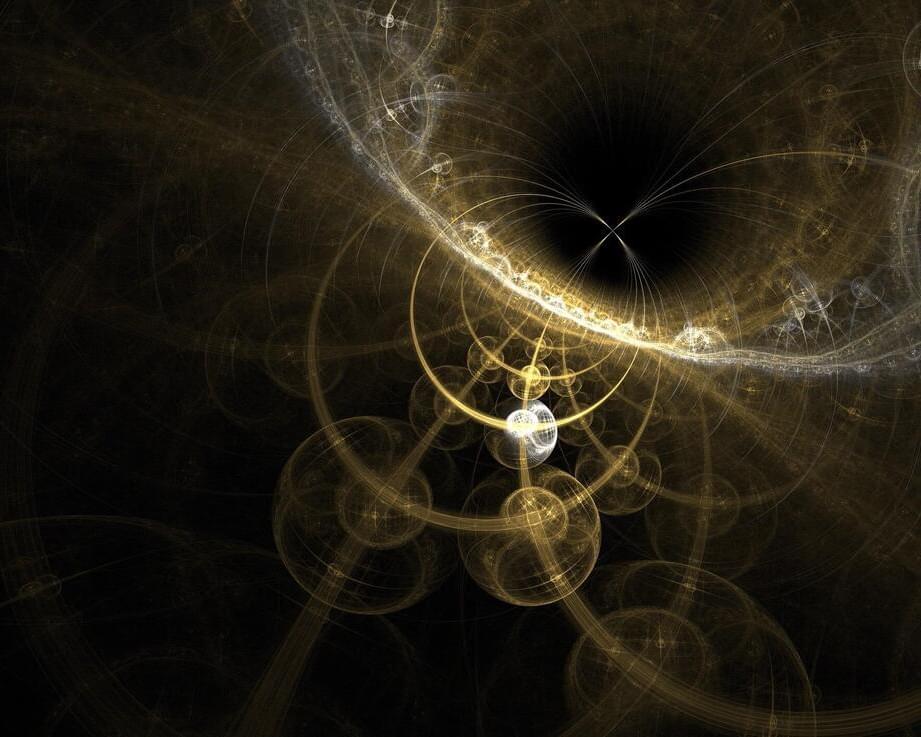
A roadmap for the future direction of quantum simulation has been set out in a paper co-authored at the University of Strathclyde.
Quantum computers are hugely powerful devices with a capacity for speed and calculation which is well beyond the reach of classical, or binary, computing. Instead of a binary system of zeroes and ones, it operates through superpositions, which may be zeroes, ones or both at the same time.
The continuously-evolving development of quantum computing has reached the point of having an advantage over classical computers for an artificial problem. It could have future applications in a wide range of areas. One promising class of problems involves the simulation of quantum systems, with potential applications such as developing materials for batteries, industrial catalysis and nitrogen fixing.

Though the EmDrive might be impossible, engineers are still working on it as the payoff would be enormous if it did work.
Imagine an engine that needs no propellant. It sounds impossible, and it most likely is.
That’s not stopping one NASA engineer from testing theories around the EmDrive — a conceptual “helical” engine that could defy the laws of physics and create forward thrust without fuel.
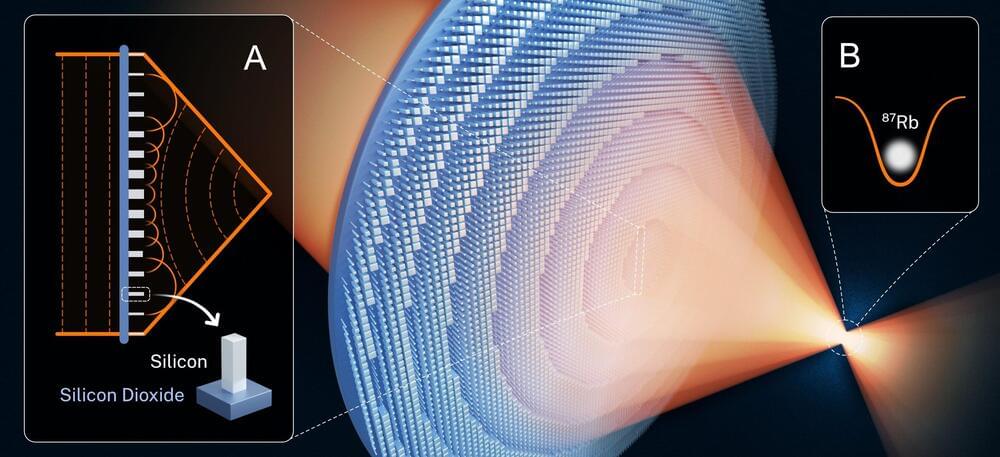
Atoms are notoriously difficult to control. They zigzag like fireflies, tunnel out of the strongest containers and jitter even at temperatures near absolute zero.
Nonetheless, scientists need to trap and manipulate single atoms in order for quantum devices, such as atomic clocks or quantum computers, to operate properly. If individual atoms can be corralled and controlled in large arrays, they can serve as quantum bits, or qubits—tiny discrete units of information whose state or orientation may eventually be used to carry out calculations at speeds far greater than the fastest supercomputer.
Researchers at the National Institute of Standards and Technology (NIST), together with collaborators from JILA—a joint institute of the University of Colorado and NIST in Boulder—have for the first time demonstrated that they can trap single atoms using a novel miniaturized version of “optical tweezers”—a system that grabs atoms using a laser beam as chopsticks.